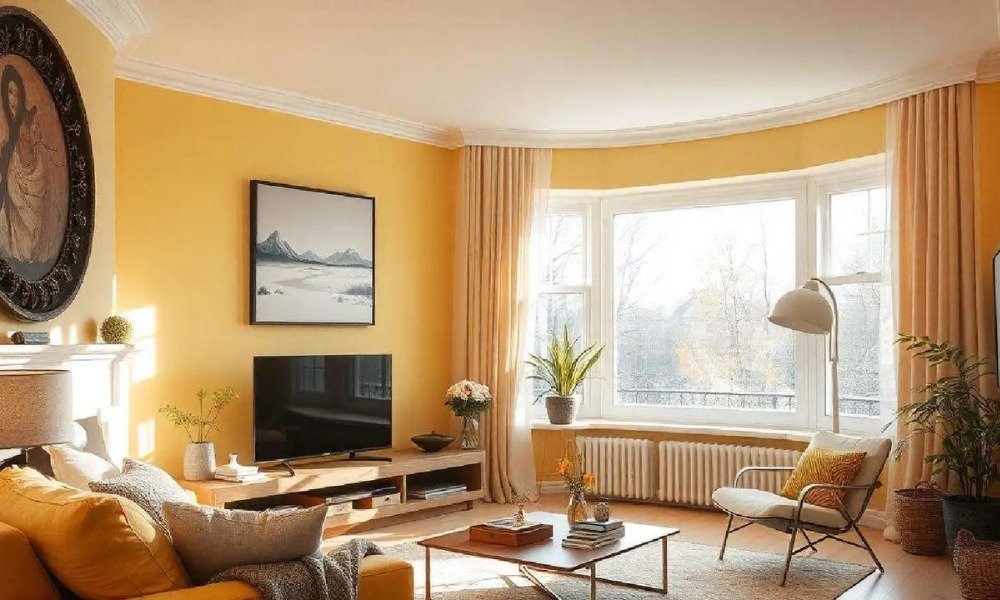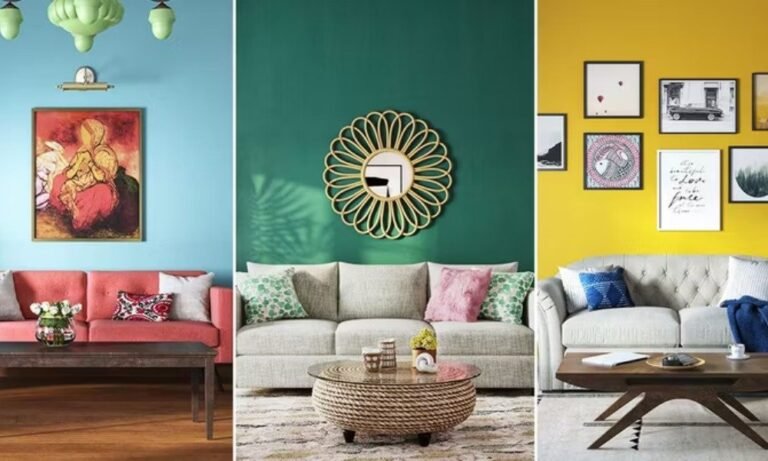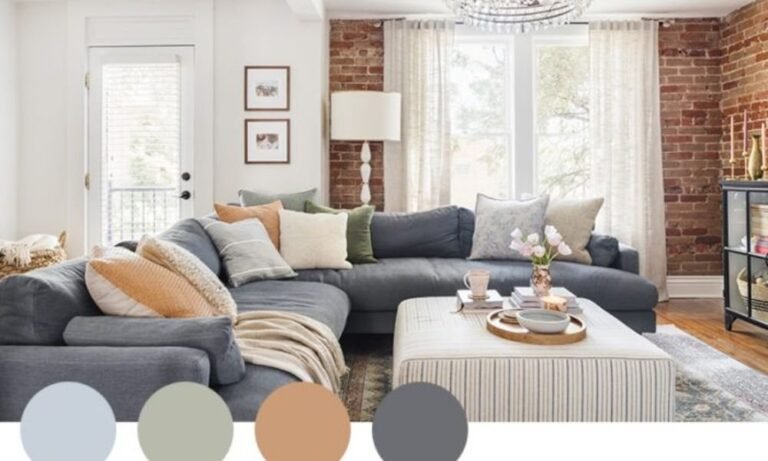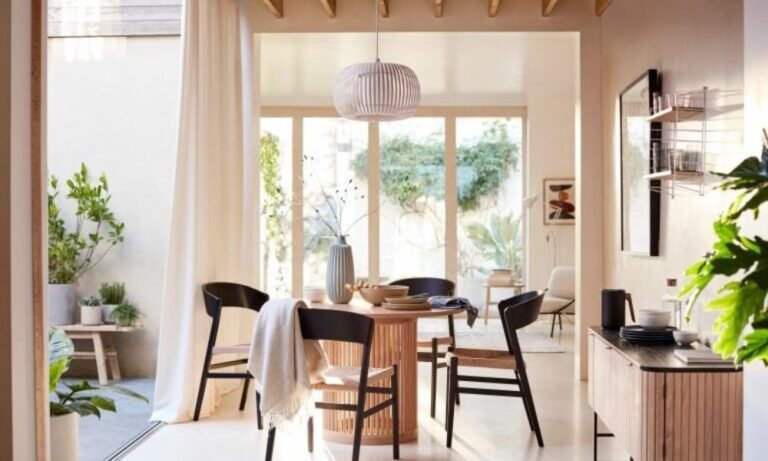Estimated reading time: 6 minutes
Creating a home that’s both stylish and practical isn’t just a dream—it’s a necessity. I believe a beautiful space should also serve a purpose, making everyday life easier and more enjoyable. But here’s the challenge: How do we design spaces that look amazing without sacrificing comfort and usability?
I’ve spent years helping clients find that balance, and I’ve learned that it all comes down to intentional design choices. The right mix of practicality and aesthetics transforms a house into a welcoming, efficient, and visually appealing home.
Here’s what I’ll cover today:
Understanding the balance between beauty and function
Practical design strategies for a harmonious space
Smart furniture choices that enhance both form and function
The role of color, texture, and materials in home design
Lighting techniques that bring out the best in a room
Common mistakes to avoid when merging style with usability
Now, let’s dive in!
1. The Balance Between Beauty and Functionality
The misconception that we must choose between aesthetic appeal and practicality is outdated. I believe they should work together, not against each other.
A well-designed home enhances daily routines while reflecting personal style. Think about it—what’s the point of a stunning living room if it’s too cluttered to use? And who enjoys a hyper-functional space that lacks warmth?
Instead of sacrificing one for the other, I focus on finding solutions that do both. This means:
- Choosing furniture that serves multiple purposes
- Investing in durable materials that also look great
- Using thoughtful layouts that promote easy movement
By merging style with usability, our spaces become more than just beautiful—they become truly livable.
2. Practical Design Strategies for a Cohesive Home
I follow a few key principles when designing a home that feels as good as it looks:
Simplicity is Key – A clutter-free space always looks more refined. Too much decor can overwhelm a room, so I opt for clean lines and well-curated pieces.
Multi-Functional Design – Every item should earn its place. A stylish ottoman that doubles as storage? Yes, please. A sleek dining table with expandable leaves? Perfect for entertaining.
Efficient Layouts – I design spaces with flow in mind. This means keeping pathways clear, furniture proportionate, and seating arrangements conversation-friendly.
Layered Textures and Colors – By mixing materials, fabrics, and finishes, I create spaces that feel inviting and dynamic—not flat or one-dimensional.
3. Smart Furniture Choices: Where Style Meets Purpose
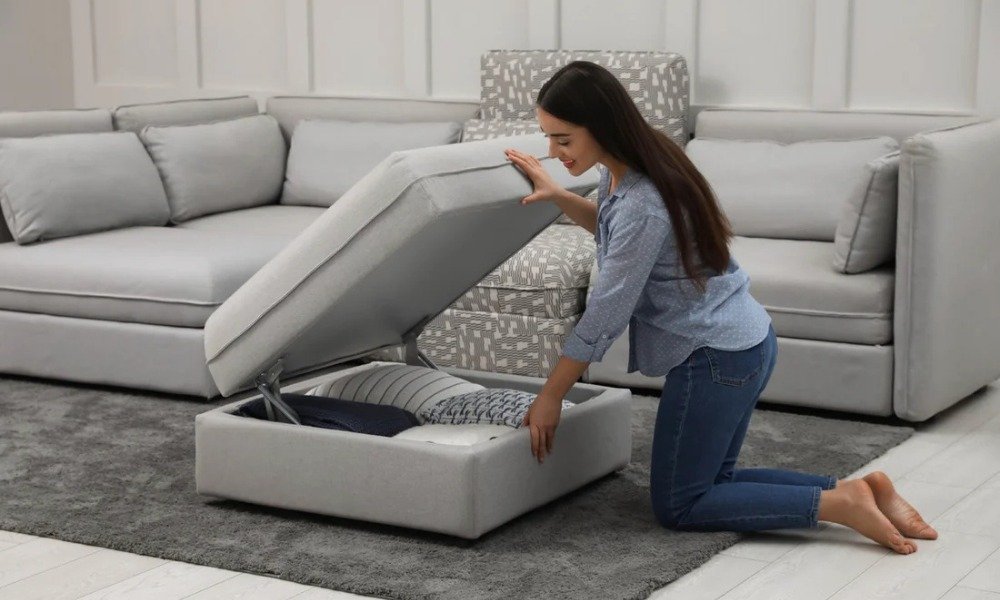
Furniture should be more than just decoration—it should improve how we live. That’s why I love pieces that bring both functionality and flair to a space.
- Storage-Friendly Seating – Sofas with hidden compartments, benches with built-in storage, and ottomans that double as tables keep a home organized without sacrificing aesthetics.
- Convertible Furniture – A fold-out desk, a murphy bed, or an extendable dining table? These pieces offer flexibility without taking up unnecessary space.
- Well-Proportioned Pieces – Oversized furniture can dominate a room, while undersized pieces can make a space feel unfinished. The right proportions keep everything balanced.
For more budget-friendly design ideas, check out my article on affordable interior design tips.
4. The Role of Color, Texture, and Materials
I always say color and texture are the secret weapons of interior design. They influence mood, depth, and functionality in ways people don’t always realize.
A. Choosing the Right Color Palette
- Neutrals as a Base – A soft, neutral backdrop allows for seasonal updates with accessories like pillows or artwork.
- Accent Colors for Personality – A pop of teal, burnt orange, or mustard yellow can bring warmth and character.
- Color Psychology Matters – Warm tones feel cozy, cool tones feel calming, and bold hues add energy. Learn more in my guide on choosing the perfect color palette.
B. Texture: The Key to Depth and Comfort
A room without texture can feel flat and uninspired. I incorporate:
- Woven fabrics like linen or wool for a cozy feel
- Matte and glossy finishes to create contrast
- Natural materials like wood and stone for warmth
Mixing textures adds visual intrigue and makes a space feel thoughtfully designed.
5. Maximizing Space Without Compromising Style
Whether working with a small apartment or a spacious house, smart space planning makes a huge difference.
Built-in storage – Custom shelving, recessed cabinets, and floating desks maximize function without looking bulky.
Vertical space usage – Tall bookcases, wall-mounted lights, and hanging planters free up floor space.
Minimalist approach – Less is more. Fewer, well-chosen pieces create a clean, stylish look.
For more space-saving tips, check out my post on small space interior design.
6. Lighting: The Secret Ingredient to a Well-Designed Home
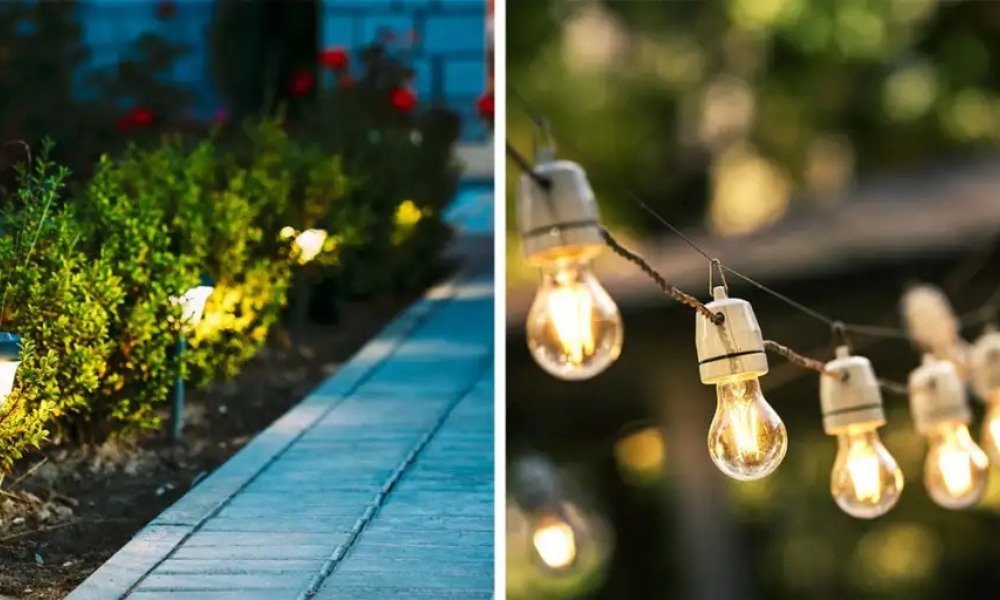
Lighting does more than illuminate a space—it sets the mood and function. Here’s how I use it strategically:
Ambient Lighting – Overhead fixtures or recessed lighting provide general illumination.
Task Lighting – Desk lamps, under-cabinet lighting, and reading lights offer focused brightness.
Accent Lighting – Wall sconces, pendant lights, and LED strips highlight architectural features.
I also love smart lighting systems, which allow you to adjust brightness based on the time of day—both stylish and practical. For a deeper dive, check out this guide to lighting design.
7. Common Mistakes to Avoid
Prioritizing Looks Over Comfort – A gorgeous couch that’s too stiff to relax on? No thanks. Comfort and style should go hand in hand.
Overcrowding the Space – Too much decor or oversized furniture can make a room feel cramped. I stick to intentional, well-placed pieces.
Ignoring Storage Needs – A beautiful space won’t stay that way if clutter takes over. Smart storage keeps things tidy without ruining the aesthetic.
Forgetting About Lighting – Bad lighting can make even the most stylish room feel unwelcoming. I always layer multiple light sources for a balanced look.
Final Thoughts: Where Style Meets Practicality
A home should be both functional and beautiful—never one at the expense of the other. By making thoughtful choices, we can design spaces that enhance daily life while looking effortlessly stylish.
Smart furniture choices maximize both comfort and usability
Well-chosen colors and textures create a dynamic, inviting environment
Strategic lighting makes rooms feel warm and functional
Minimal clutter ensures the home remains both elegant and practical
At the end of the day, the goal is balance. When function meets aesthetics, we create homes that feel just as good as they look.Want to avoid common interior design pitfalls? Check out these top redecorating mistakes before you start your next project!
